When learning anything, it’s good to keep things simple. But if we make things too simple, then we can be wrong as often as we are right. Here are a few commonly held views on ski technique which are too simple to be right all the time.
ALWAYS FACE YOUR SHOULDERS DOWN THE HILL
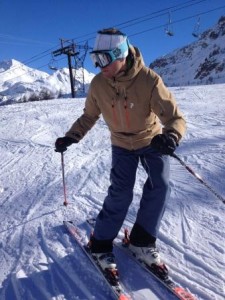
This can be pretty uncomfortable, but some people strive to do this all the time. I find facing the same way as my skis more comfortable, and therefore make it my default position.
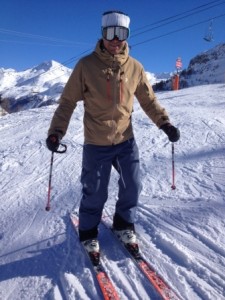
When to do it (face shoulders down-hill):
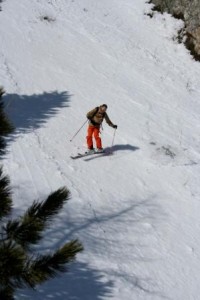
- To help initiate turns, especially on steep terrain, but it’s not necessary to hold the position
- When skiing linked short turns
- When skiing really tight and steep couloirs
- If skiing a straight/direct/inside line in the bumps
When you don’t need to:
- Most of the time…
GOING UP AND DOWN
When you would do it:
- On Piste: We all go up and down a little bit, it can help take us from one ski to another (see point 4 – ‘spreading the weight’), but critically, it facilitates lateral body movements inside the curve and across the skis. We don’t just do it for its own sake.
- Powder snow: It often looks like short turns in the powder snow involve more up and down, but this effect is really just the re-bound of the skis (pushing the attached skier upwards) as the skis work in and out of the lovely bouncy fresh pow!

BEND THE KNEES
Yes, we need to flex our knees in order to ski, and can’t ski well with stiff, locked legs.
How much to do it:
- A bit. We also need to bend at the ankle joint inside our boots and at the hip too – a bit.
- Remember that skiing is not a static sport, so static positions and prescribed shapes are not terribly useful except as a base position to move from.
When to do it more:
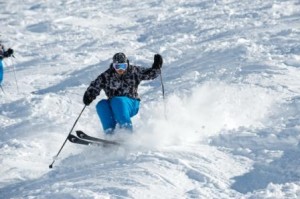
- When absorbing bumps
- When creating big angles – flex the inside leg whilst keeping the outside leg strong enough to resist the forces.
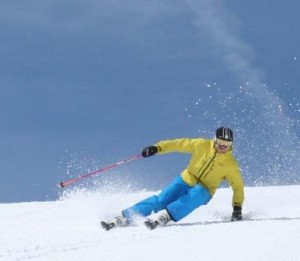
MODERN SKIS REQUIRE WEIGHT TO BE SPREAD OVER BOTH FEET
Well, no. For recreational skiers the outside ski is the one to put more weight on, especially at the end of the turn when it is the downhill ski. We do need to steer the inside ski, but don’t stand on it too much.
Any exceptions?
- When going straight
- Standing still on the flat.
- In soft snow, but only a bit. The outside ski is still dominant.

At the development centre, we share a coaching philosophy which tries not to set hard, fast and simple rules.
We work by linking any actions we make, to the results that we desire. This allows us to be adaptable and progressive. We do try to keep things simple, but not so simple that we are trapped by unhelpful and dogmatic “technique” for its own sake. In our coaching sessions; (as part of a group, or privately) we take beginners through to advanced skiers, both on or off piste, and justify our teachings with reason. We embrace some grey areas, and steer away from doctrine; that’s what makes being a ski instructor so interesting.
Remember though, technique is only part of it. We work hard with tactical and psychological subjects to improve overall skiing performance and enjoyment.
Coach Giles, is a ski teacher, a director of The Development Centre, and assessor of British ski instructors to the highest level. High amongst his most proud moments,is Fraser Hopewell passing his L4 technical exam [ed].
Photos by Ben Langridge : benlangridge.com
Henry Meredith Hardy: www.skiingsomewhere.com